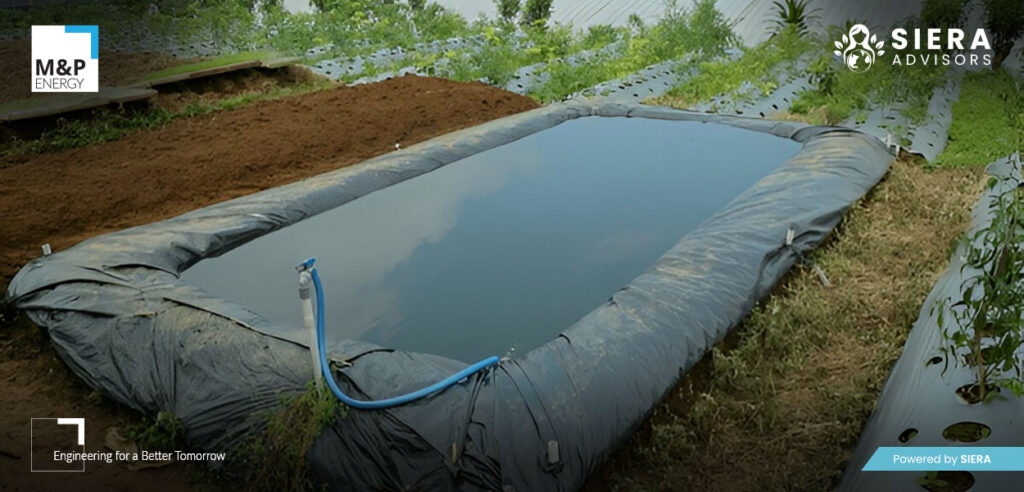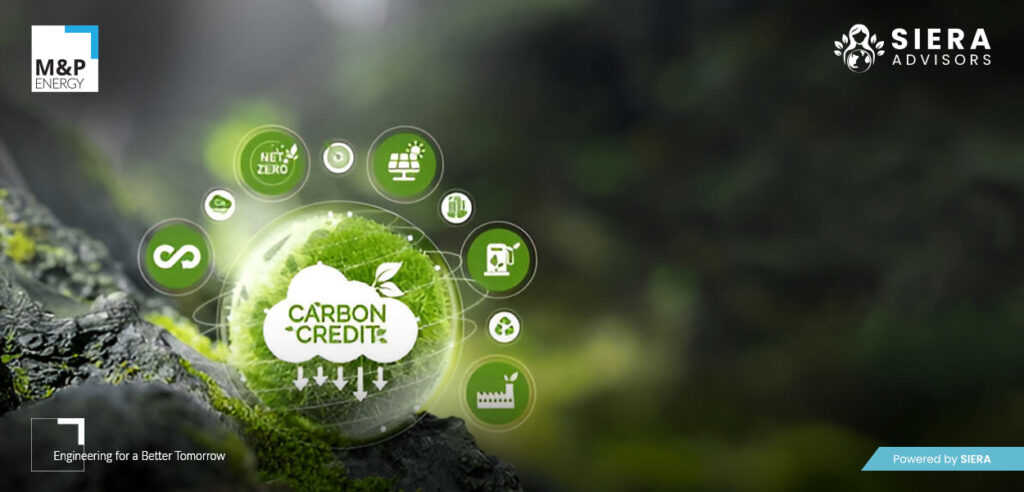Accounting for over a third of global energy consumption and carbon emissions, the construction industry is one of the largest consumers of resources in the world today. The sector's environmental footprint represents a significant hurdle on the road to carbon neutrality, and practitioners are under increasing pressure to address the environmental challenges in their operations.
For business leaders in the construction sector, this is a pivotal moment that can drive change and unlock strategic benefits - benefits that can be realised through sustainable construction.
What is sustainable building?
From design to construction to maintenance, sustainable construction (SC) or green building focuses on improving the impact of the built environment. It is an approach that seeks to minimise environmental damage at every stage of a building's life.
This includes detailed investigations into the sustainability of construction sites, the conscious design of buildings to maximise the use of natural resources and the procurement of recycled and renewable materials.
Combined, these decisions ensure that people and the planet are considered at every step of a building's construction, limiting the damage to local communities, natural resources and air quality.

Methods of sustainable building
Sustainable construction methods have evolved considerably in recent years due to technological advances, increased environmental awareness and stricter regulations. Below are some of the key methods used by sustainable building practitioners today:
- Energy-efficient building planning
Energy efficiency is a key principle of sustainable building and can be considered right from the planning stage. Passive design strategies use light and air circulation to optimise their natural heating and cooling capabilities. This allows buildings to utilise natural solar energy to regulate their temperature, significantly reducing the need for artificial heating and cooling systems.
Another feature of energy-efficient buildings is the integration of intelligent technologies. Automated systems adjust lighting, heating and cooling according to occupancy and outside temperature, making energy consumption more efficient.
- Sustainable building materials
Traditional building materials such as concrete and steel cause high emissions and lead to the depletion of resources. This is why environmentally friendly, low-carbon materials such as hempcrete are becoming increasingly important as sustainable alternatives.
Recycled steel, glass and wood are also often used in sustainable construction to reduce the consumption of virgin resources. In addition, renewable materials such as cross-laminated timber and bamboo help to reduce the amount of waste generated by construction projects.
- Waste reduction and recycling
Construction projects often generate large amounts of waste, which often ends up in landfill sites. Sustainable construction aims to minimise this waste by reducing waste sources, recycling materials and reusing components from existing structures.
Modular construction and prefabrication are key methods for minimising waste. In these approaches, parts of the building are prefabricated in controlled environments and then assembled on site, reducing the amount of waste generated on site.
- Water conservation practices
A particular focus in sustainable construction is on saving water. Rainwater utilisation systems collect water from roofs, which can be used for garden maintenance, irrigation or even non-potable indoor applications such as flushing toilets.
In addition, water-saving sanitary fittings and appliances reduce water consumption and thus contribute to long-term savings.
- Utilisation of renewable energy sources
Utilising renewable energy sources is one of the most important ways to make construction more sustainable. Solar energy, wind power and geothermal systems can provide buildings with sustainable, low-carbon energy.
The installation of solar panels on the roofs of buildings or the use of solar-powered water heating systems significantly reduces dependence on fossil fuels, which leads to a reduction in greenhouse gas emissions.
Geothermal heating and cooling systems offer an energy-efficient alternative to traditional HVAC systems by utilising natural geothermal heat to regulate temperature.
- Sustainable location development
Choosing the right location and careful site management have a significant impact on the sustainability of a project. Brownfield redevelopment, where previously developed (often polluted or abandoned) land is reused, is a key practice to reduce urban sprawl and protect natural habitats.
Sustainable site management also includes the use of permeable paving materials that allow rainwater to seep into the ground. This reduces the risk of flooding and promotes groundwater recharge.

Advantages of sustainable building
The benefits of sustainable construction go far beyond environmental protection. They offer economic and social benefits that contribute to the overall success and long-term stability of the construction industry.
- Cost savings
Although sustainable buildings have higher initial costs, they offer considerable savings in the long term. Energy-efficient buildings reduce operating costs through lower utility bills, while water-saving systems also help to reduce water costs.
In addition, the use of durable, sustainable materials reduces the need for repairs and replacements over the lifetime of the building. Tax incentives and rebates for sustainable construction can also offset the initial costs. - Lower environmental impact
The main benefit of sustainable construction is the reduced environmental impact. By using energy-efficient systems, environmentally friendly materials and sustainable practices, the construction industry can significantly reduce its carbon footprint. - Better health and well-being
Sustainable construction focuses on the well-being of the residents by using non-toxic materials, ensuring adequate ventilation and utilising as much natural light as possible. Studies have shown that residents of environmentally friendly buildings experience less stress and feel healthier overall. - Higher property value
Sustainable buildings often have a higher resale value than conventional buildings. As consumers and companies are increasingly focussing on environmental responsibility, green buildings are in greater demand. Buildings with green certificates such as LEED or BREEAM tend to attract more tenants and buyers. - Contributing to sustainable communities
By utilising environmentally friendly practices and creating energy-efficient spaces, building projects contribute to the long-term resilience of urban areas. Sustainable buildings are better able to withstand extreme weather conditions and the challenges of a changing climate, ensuring the long-term viability of communities.
Conclusion:
Sustainable construction is more than just a trend - it is an inevitable change that goes hand in hand with the growing need for ecological responsibility, economic viability and social prosperity.
Despite the associated challenges, sustainable construction also brings its own hurdles. In order to shed light on these practical obstacles, ICP and SIERA Academy are organising the seminar "Building in existing buildings".
From legal to cultural aspects, our panel of experts will provide in-depth insights into the construction sector and share the best strategies for practitioners looking to engage in sustainable building practices.


